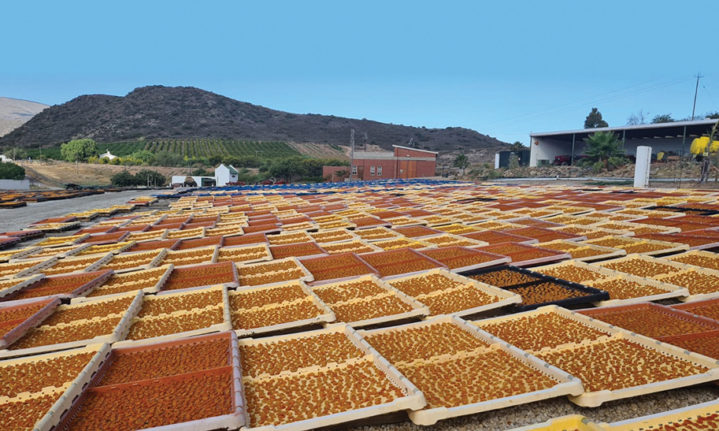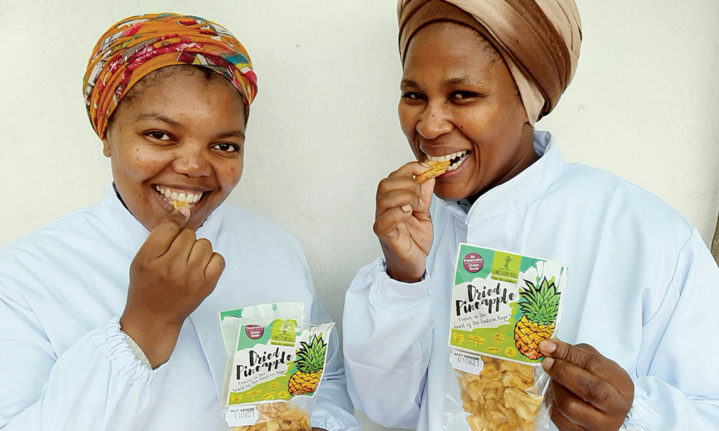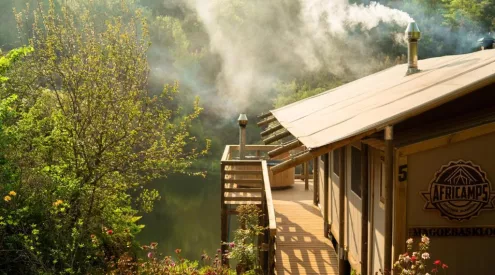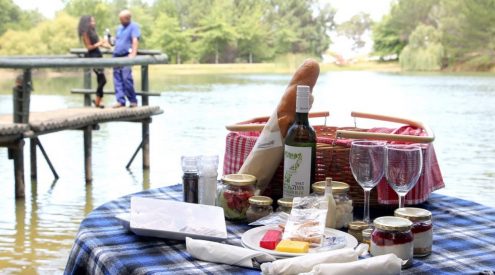Who doesn’t love biltong? Or rusks? Is padkos even padkos without Ouma’s classic guava smear? Drying and ageing as means of preserving and improving food has attuned the collective South African palate to the most sophisticated of umami flavours. But it’s not as simple as leaving something out to dry.
Words: Louzel Lombard Steyn | Photography: Andreas Eiselen/HMIMAGES.CO.ZA, supplied, Louzel Lombard Steyn, Sarah Bradfield, Unsplash, Gallo/getty images
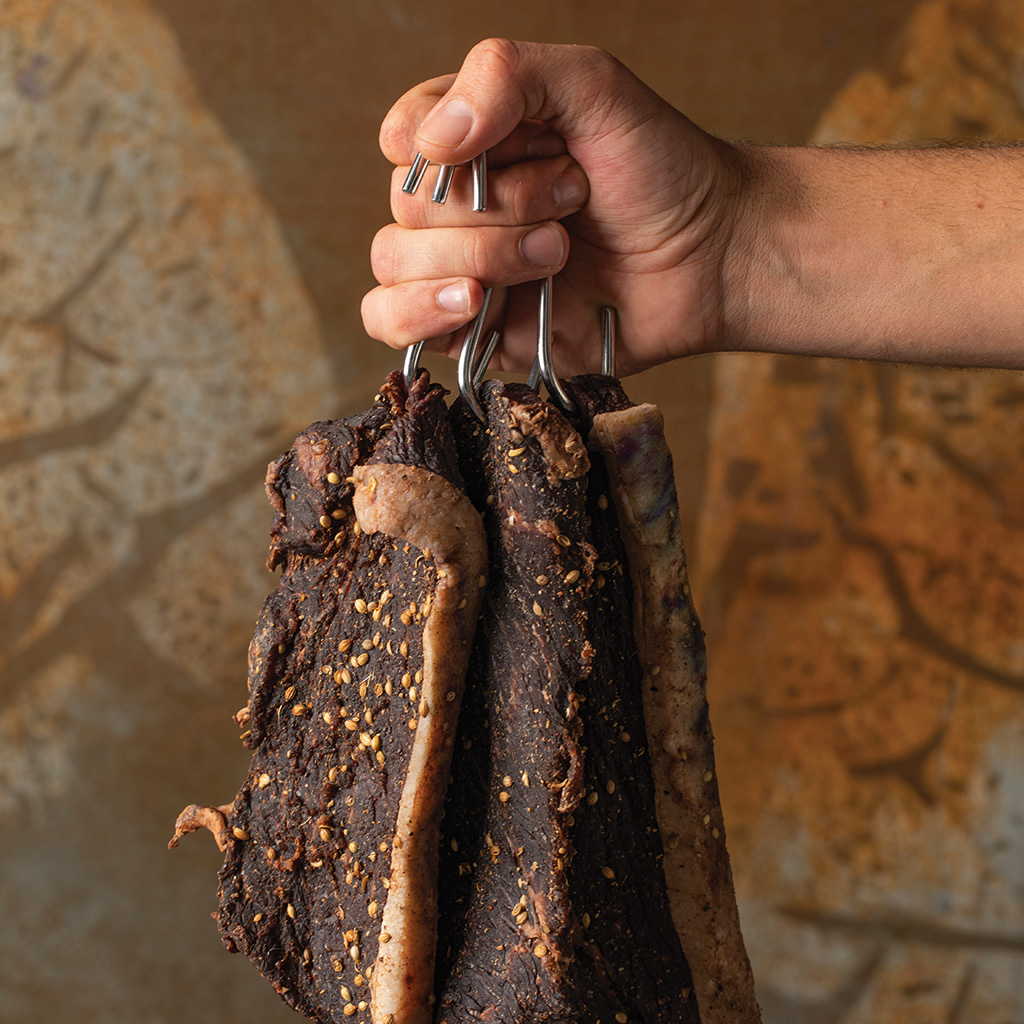
I hate turkeys. Dead or alive. I’ve never understood the allure of cooking these vulgar birds for a special occasion as they always turn out dry and tough. Alive, they’re even worse. Big, fat, scary turkeys with bright red wattles used to chase us as kids… and not in a fun way. They are surprisingly fast on those scaly prehistoric-looking legs with no fear of scrawny farm kids. Most of all, I hate them because they have no regard for one’s virtuous culinary efforts.
In a grand attempt to prove her worth as a young entrepreneurial farmer’s wife, my mother once made sweets from the quince in our backyard. Quinces are tough to conquer but mom was determined to make a year’s worth of kweperlekkers for us, without breaking the bank. A real pioneer woman. She did everything to the book; picked and prepped the quince, boiled them down according to our trusted family recipe, set the jelly mixture in shallow pans before cutting the sheets into bite-size squares. Then came the drying. Dad spun mesh wire in old stacker window frames for the squares to be laid on and sundried on our back stoep.
The turkeys saw the gap and took it. After three days of hard labour, the years’ worth of kweperlekkers were devoured by the evil birds. The few that remained were either pecked to pieces or… err… fertilized beyond saving. It was the last time my mom attempted to make those quince squares.
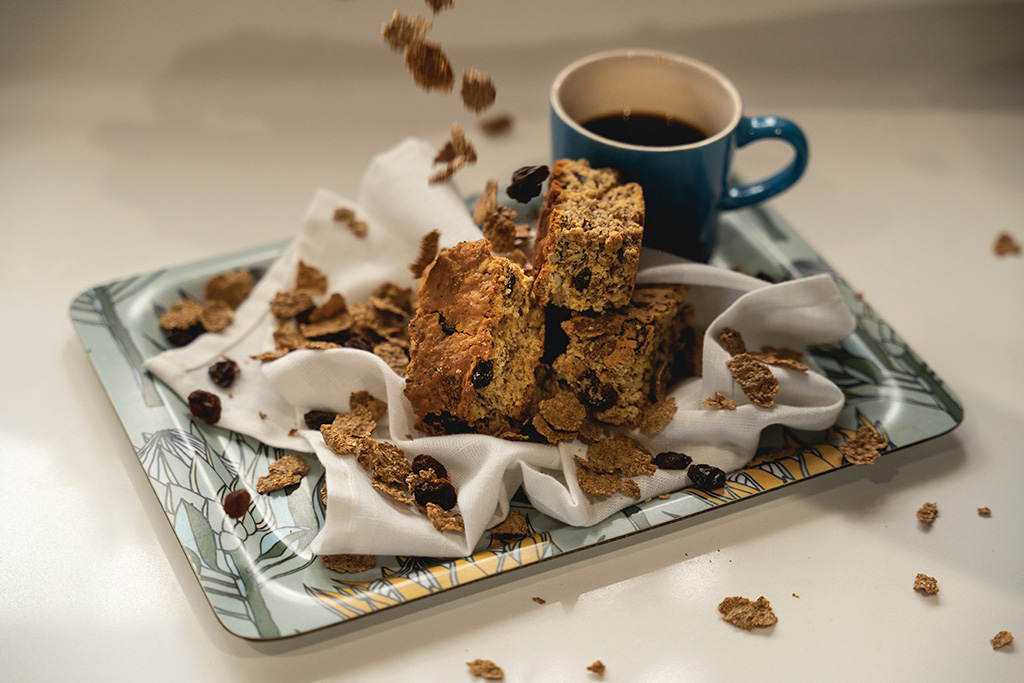
Dunking a rusk into coffee is a culinary art that demands perfect timing – in too long and it’s a soggy mess out too soon and you’ll break a tooth.
The art of dehydrating food is not as easy as leaving something out to dry, evidently. It’s a delicate balance perfected only with experience. With drying food, it’s the outside elements you need to be extra vigilant of. Will it rain? How’s the humidity? Are there turkeys?
South Africa has a plethora of iconic dried foods, of which biltong and rusks are certainly the most loved. In fact, many South African children are weaned on these as both make for a tasty teething stick.
Biltong was the original brainchild of SA’s earliest inhabitants, the hunter-gatherer San and the pastoral Khoekhoe, aka the Khoisan. Hunters would spend weeks tracking animals with bow and arrow with the objective to secure a large enough bounty for the whole community’s survival. When an animal was finally killed, it needed to be utilised 100%. Cutting meat in slender strips, salting and drying it ensured that everything could be eaten – but over a long stretch of time.
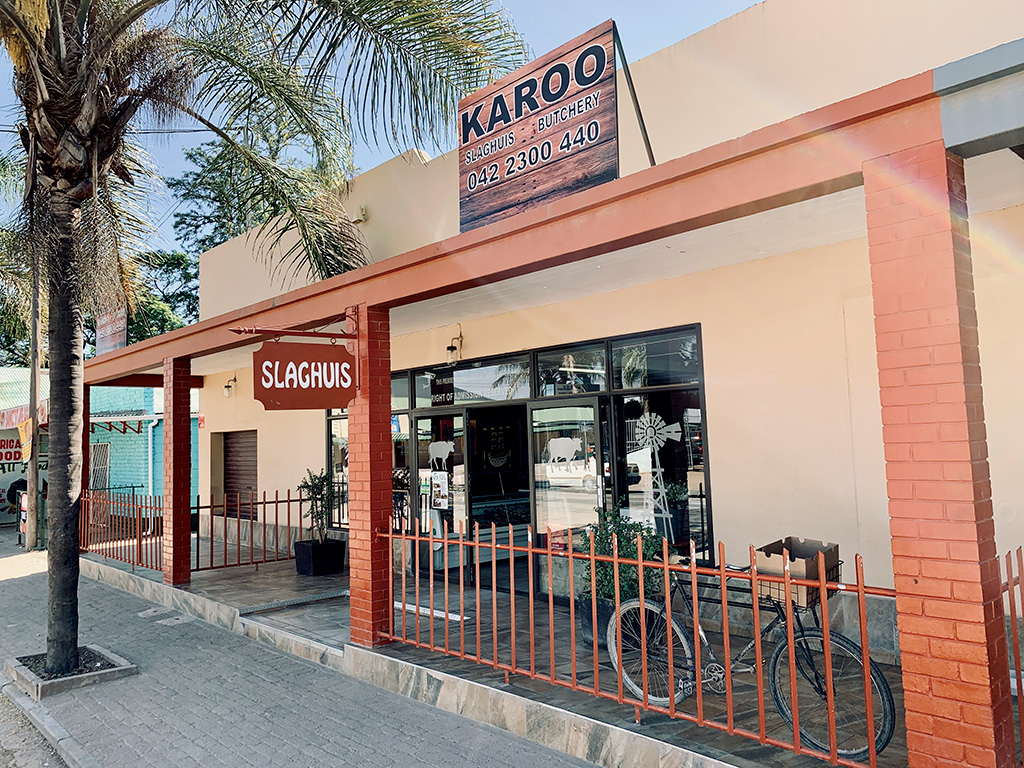
Karoo Slaghuis in Kirkwood – a veritable church of biltong.
Later on, with the arrival of settlers and new cuisines, spices were added. The Voortrekkers relied heavily on biltong as a source of energy and survival and hence, perfected the recipes and methods for South African biltong we know and love today. The addition of coriander and pepper for example – also dried to preserve their flavour – can be traced back to French roots.
Rusks, too, nod to European influence but were perfected in SA. Voortrekkers used buttermilk as a means of adding flavour and nutrition but the buttermilk also served a secret purpose. Baking it into the rusks essentially dehydrated the milk to powder, transforming it into a ‘long-life’ creamer. The buttermilk would be released again when dunked into a cup of black moerkoffie, making the coffee milky.
Dipping a rusk into coffee is as natural as breathing for South Africans. As is the umami sensation of a freshly carved sliver of beef biltong as it hits your tongue. Sweet and tangy dried fruit is the cornerstone of many Malay-inspired South African masterpieces, like sosaties and bobotie. These are the tastes and textures we crave, even if the ingenious ways of our food forerunners are often long forgotten.
Get familiar with your dried food roots at these fine establishments in SA. Or better… make your own..
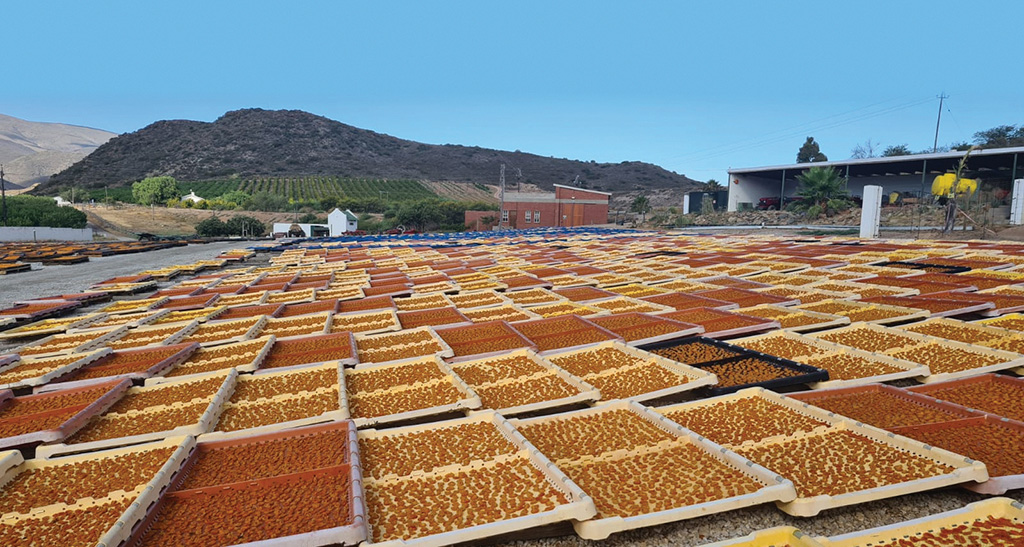
Cape fruits drying in the Montagu sunshine.
Fruity Frenzy
These guys don’t have the same turkey issues we had… At Cape Dried Fruit, hectares upon hectares of locally-grown fruits are sundried on drying racks to ensure the world won’t ever run out of raisins or dried pears. Cape Dried Fruit Packers is the single biggest employer in the town of Montagu and South Africa’s second-largest exporter of dried Cape tree fruit, shipping a third of the country’s production to overseas markets. The Capedry Montagu Farmstall is the shopfront of the entire enterprise offering delicious dried fruit and nuts to South Africans at wholesale prices. 023 614 1134
Where: 102 Bath Street, Bergsig, Montagu, Western Cape
Chilli Dreams
The Swarts of Kirkwood are a renowned meat-loving family and this second-generation stronghold in the Sundays River Valley makes the best chilli bites you’ll have in your life. The spice mix is fiery and ground to a fine powder, which makes every bite a flavour bomb. Owner Fienkie Swart is also a distinguished processor of venison for hunters in the Eastern Cape during winter. 042 230 0440
Where: Main Road, Kirkwood, Sundays River Valley, Eastern Cape
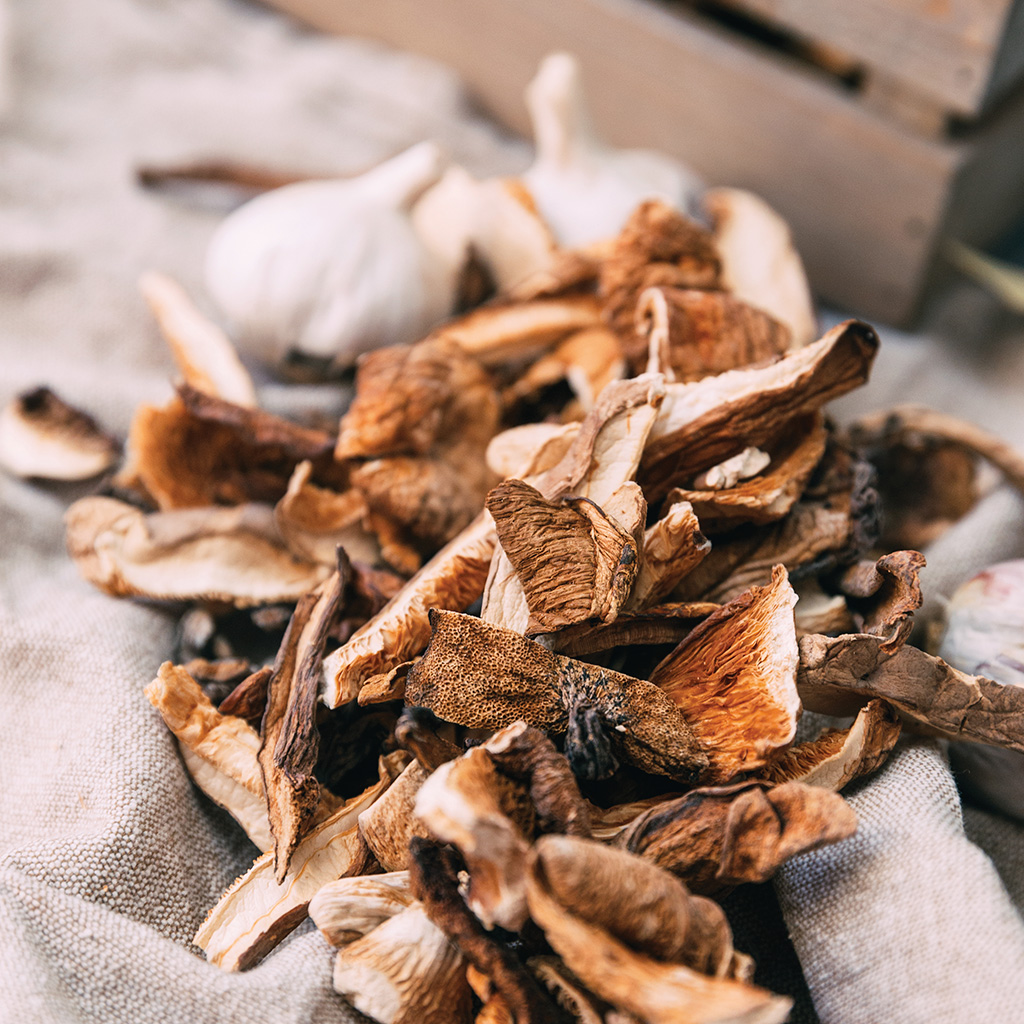
Vegan Biltong
Vegans rejoice! There is a way to get your salty, beefy, biltong kick without the meat. All you need is a few fleshy mushies and a food dehydrator or oven with a thermofan. Slice the mushrooms in thick slabs and marinade in your preferred flavour combo. As with any good biltong, the seasoning needs to contain a splash of vinegar, a pinch of sugar and lots of salt. Flavours like smoked salt, coriander, paprika, honey and brown grape vinegar work well together. Allow to steep for a couple of hours before dehydrating for 6 to 8 hours in a cool oven or custom dehydrator. Enjoy!
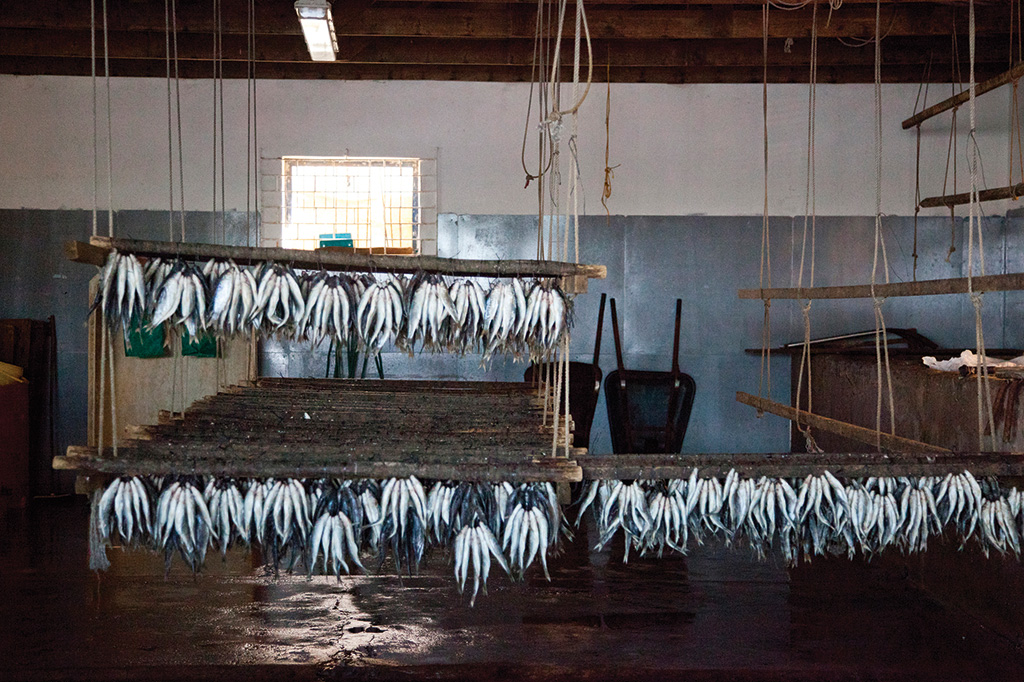
The West Coast has its own answer to biltong – bokkoms.
Something Fishy
Bokkoms are the West Coast’s answer to biltong and a taste that has become synonymous with the region. They’re SA’s most advantaged dry-aged products as they are dried entirely, bones and all. The delicacy consists of whole salted and dried southern mullets – aka harders – and can be found abundantly in Velddrif on a small gravel road known locally as Bokkomlaan. Enjoy them as is, or use them as an ingenious South African substitute for anchovies. The Bokkom platter served with Bukettraube from Darling Cellars from Ek en Djy in Bokkomlaan is a must try!
Where: Velddrif, West Coast. Cross the Carinus Bridge and take a right along Voortrekker Road. At the Heritage Site sign (on your left) turn right. This takes you to the gravel Bokkomlaan.

Limestone Hill dried pine experts Andiswa Matina (left) and Vera Matshotyana.
Taste the Sun
The Eastern Cape produces the world’s southernmost pineapples, mostly used for processing. The Eastern Cape pineapples are renowned for their fantastic flavour and by drying them, the zingy sweetness is captured and intensified. Limestone Hill Farm started drying their Cayenne pineapples more than a decade ago, as part of their strategy to move the focus away from canning and juicing. Nowadays, the Bradfield family, owners of Limestone Hill for four generations, are synonymous with their sweet dried pine rings. 082 772 0398
Where: They’re available at any worthy farmstall in the Eastern Cape, like Oakly Farmstall just outside Alexandria or Nanaga Farm Stall on the N2, to name a few.












